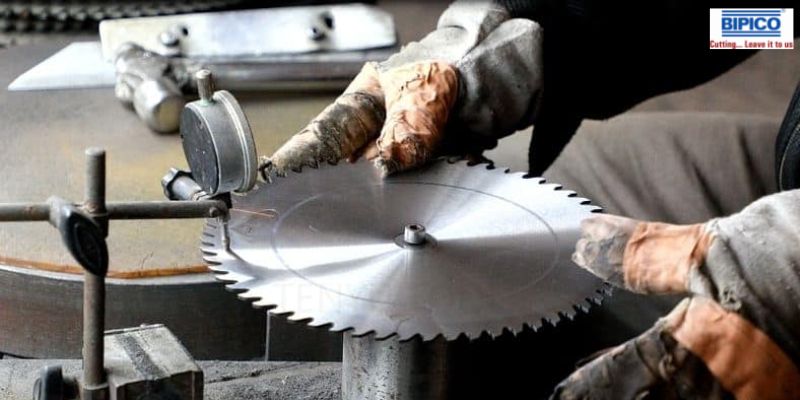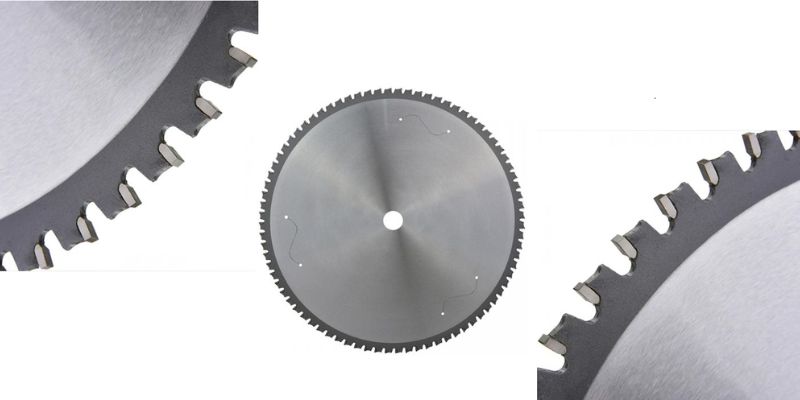What Are the Pros and Cons of Using TCT Blades?
TCT blades are a popular choice for cutting a range of materials, but it's essential to consider the pros and cons before deciding if they are the right tool for a job. Tungsten Carbide Tipped (TCT) blades are designed to offer a long-lasting cutting performance and are particularly popular with woodworkers and metalworkers. They are available in various sizes, so they can be used for various applications, from making furniture to machining metal. It is essential to be aware of the unique characteristics of TCT blades before investing in them. In this blog post, we will discuss the pros and cons of using TCT blades and provide some tips on how to get the most out of them. We hope to help you make a well-informed decision on whether TCT blades are the right tool for your project.
TCT (Tungsten Carbide Tipped) blades are commonly used in cutting applications in various industries due to their durability and efficiency. However, like any other tool, they have advantages and disadvantages. Here are three points in detail:
Pros
Longevity: TCT blades have a longer lifespan than traditional blades due to their tungsten carbide tips, which are resistant to wear and tear. They can withstand high temperatures and friction, making them suitable for cutting through hard materials like metals, hardwoods, and concrete. This extended lifespan also means less downtime for blade replacements, resulting in higher productivity and cost savings.
Precision: TCT blades are designed with sharp, uniform teeth that provide clean, precise cuts with minimal vibration or chipping. This is especially important in cutting applications where accuracy is crucial, such as in the woodworking and construction industries. TCT blades also reduce the risk of material damage, which can be costly and time-consuming.
Versatility: TCT blades can be used for various cutting applications, from softwoods and plastics to metals and masonry. They are available in different sizes and configurations to accommodate various cutting needs, making them versatile tools for different industries.
Speed: TCT blades are designed to cut through materials faster than traditional blades due to their sharp teeth and durable tungsten carbide tips. This makes them ideal for large-scale cutting projects that require speed and efficiency.
Reduced heat buildup: TCT blades generate less heat during cutting than traditional blades. This is due to the carbide tips' ability to dissipate heat more effectively, reducing the risk of damage to the blade or the cut material. This also means less downtime for cooling the blade during cutting projects.
Cleaner cuts: TCT blades provide cleaner cuts with less sawdust and debris than traditional blades. This is because the carbide tips create a smoother cutting action that reduces the splintering and tearing of the cut material. This is especially important for woodworking and construction applications where a clean finish is desired.
Cons
Cost: TCT blades are generally more expensive than traditional blades due to their advanced design and materials. This may make them less accessible to small businesses or hobbyists with limited budgets. However, their extended lifespan and performance may offset the initial cost.
Maintenance: TCT blades require proper maintenance to maintain their performance and longevity. This includes regular cleaning, sharpening, and checking for any signs of wear or damage. Failing to maintain the blades properly can result in reduced performance, shorter lifespan, and even safety hazards.
Fragility: While TCT blades are durable, they are more fragile than traditional blades. The carbide tips can be easily chipped or damaged if the blade needs to be appropriately handled or used. This can result in reduced cutting performance or the need for blade replacement. Handling TCT blades with care and following manufacturer recommendations to maximize their performance and lifespan is essential.
Compatibility: TCT blades may only be compatible with some types of cutting equipment due to their design and size. It is essential to ensure that the blade is compatible with the intended cutting equipment before use to avoid safety hazards or damage to the equipment.
Safety hazards: TCT blades are sharper and more potent than traditional blades, which increases the risk of injury or accidents during use. Following safety guidelines and wearing appropriate protective gear when using TCT blades, such as goggles, gloves, and ear protection, is important.
Environmental impact: Tungsten carbide is a non-renewable resource that requires energy-intensive processes to extract and manufacture. Additionally, the disposal of used TCT blades can have negative environmental impacts if not properly recycled or disposed of. It is crucial to consider the environmental impact of using TCT blades and choose more sustainable options where possible.
Summary
In conclusion, TCT blades offer a unique and effective cutting solution suitable for various industries. They provide a high-quality finish, are more durable than traditional blades, and generate less heat when cutting. On the other hand, they can be more expensive than traditional blades and require more maintenance. Ultimately, it is essential to consider all of the pros and cons of using TCT blades before deciding.






Comments
Post a Comment